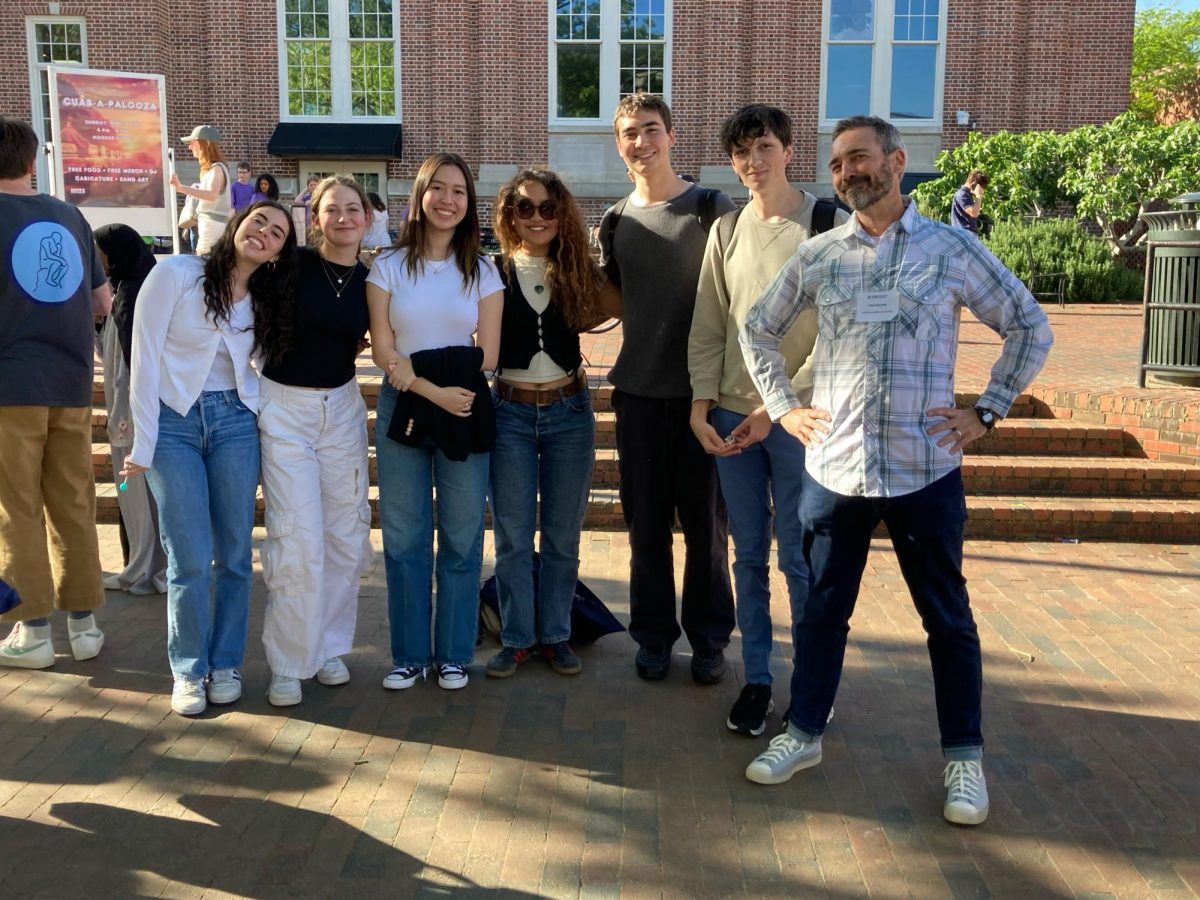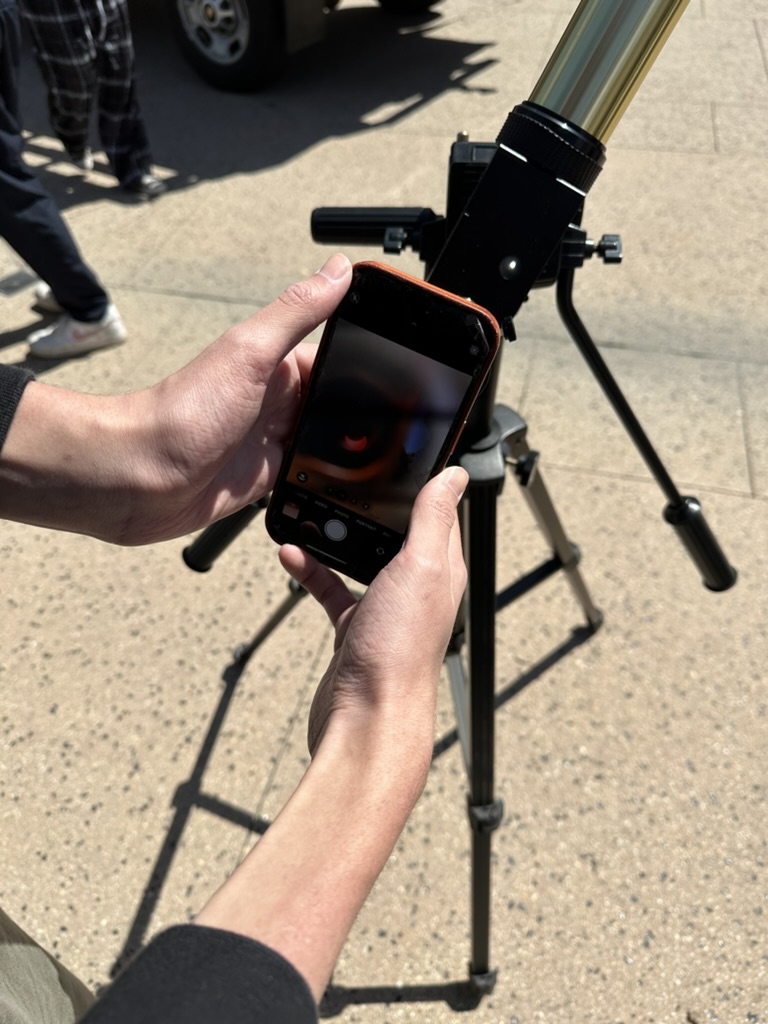By Daniel Rothberg
Having been shot in the heart with adrenaline, Kate Morrissey â10 lay wide awake on the operating table as doctors examined her heart to determine what was wrong with it. After two hours, her doctors found what was causing her heart-related symptoms: tachycardia.
Tachycardia is when the heart beats at a rate faster than that of a normal heart, cardiologist Norman Lepor (Marissa â12) said. With tachycardia, the rapid heartbeat does not provide the heart with enough time to fill with blood, impairing the hearts ability to pump blood to the body efficiently. Symptoms include dizziness, shortness of breath and heart palpitations. Tachycardia is a type of arrhythmia, or abnormal heartbeat.
“About five percent of the population will experience an episode of abnormal heartbeats in their lifetime,” Kevin Shannon (Kevin â11 and Kassandra â13), a pediatric cardiologist at University of California, Los Angeles, said.
However, Morrisseyâs specific type of tachycardia, atypical and typical tachycardia, is rare, Shannon said.
Morrissey first began experiencing symptoms, such as rapid heart rate and shortness of breath, in her sophomore year. Subsequently, Morrissey began wearing a heart monitor, hoping that it would help diagnose her heart disease. Every time Morrissey felt symptoms related to her heart, she would press a button on the heart monitor.
At the start of her junior year, Morrissey switched to a different heart monitor that measured her EKG for three weeks.
“In the beginning of my junior year, I think I probably spent more time at my doctorâs office and getting tests, than I did at school,” Morrissey said.
After examining her heart rate, Morrisseyâs doctor finally recognized that she had a heart problem. However, her doctor was not going to know what specific disease Morrissey had without surgery.
After being diagnosed on the operating table with tachycardia, Morrissey was put to sleep. Once asleep, her doctor performed an ablation, destroying some of her heart tissue and in doing so, correcting her tachycardia. An ablation is performed by putting a catheter in a vein and guiding it to the heart. Once the catheter reaches the heart, it sends out a burst of energy that destroys heart tissue.
Since the surgery, Morrisseyâs symptoms have subsided. Once in a while, she will have a palpation, but never to the same degree as she had prior to the surgery.
“Now I can go for a run or go play field hockey without having to think about my heart,” Morrissey said.
Some common heart diseases in youth are arrhythmias, congenital heart disease, cardiomyopathy, hypertension and diseases related to drugs and cocaine, Lepor said.
Morrissey is not the only student who has had to undergo surgery for a heart issue.
During an operation in the fourth grade to correct a lazy eye, the doctors discovered that Sebastian Li â10 had an irregular heartbeat. As Li grew older, his irregular heartbeat did not seem to cause him any symptoms.
However, in ninth grade, Li began experiencing symptoms, often finding himself out of breath and unable to play sports. Liâs irregular heartbeat turned into atrial fibrillation, Li said.
In atrial fibrillation, electrical activity in the atria loses its synchrony, Lepor said. As a result, the disease prevents the heart from pumping blood efficiently to the rest of the body.
“We are seeing more of it [atrial fibrillation] related to caffeine,” said Shannon. “Roughly half the times that Iâve seen it, itâs been related to consuming Red Bull with vodka. And that particular combo has been known to be fatal.”
Atrial fibrillation is the most common form of cardiac arrhythmia. The older you are the more likely you are to have atrial fibrillation. According The American Heart Association, 70 percent of those who have atrial fibrillation are between 65-85 years old.
Like Morrissey, Li had an ablation to fix the atrial fibrillation during the summer going into sophomore year.
“Probably the worst part was not playing sports because I was so used to playing sports all the time,” Li, who played on a yearround club soccer team said.
Roughly 4.3 million Americans have arrhythmias, according to The American Heart Association. Incidents of abnormal heartbeats are exacerbated by caffeine and energy drinks, Shannon said. In order to maintain healthy hearts, Shannon advises youth to stay in shape. In addition, lack of sleep has been shown to have a negative impact on the health of your heart, Shannon said.
“A couple times a day, my heart feels like it stops, and then a few seconds later it beats really hard to compensate for the blood it didnât pump,” Chelsea McMahon â10 said. “It hurts a little, but Iâve gotten used to it.”
McMahon was first diagnosed with an arrhythmia in eighth grade. Since her diagnosis, McMahonâs irregular heartbeat has not limited her from participating in her activities.
McMahon had to wear a 24-hour heart monitor in eighth grade and week-long monitor when she was a junior.
“It would beep every once in a while and the wires were really visible under my clothes, so I was pretty embarrassed,” McMahon said.
McMahon is not worried about the condition affecting her in the future.
“The doctor said it is something that could go away over time,” McMahon said. “I have a feeling it wonât affect me at all in the future; most of the time I completely forget I have it.”




































